| Coffee export prices increase for 6th month, reaching record high Coffee exports need to comply with EU regulations on sustainable development |
According to statistics from the Vietnam Commodity Exchange (MXV), at the end of the trading session on September 5 (morning of September 6, Vietnam time), Arabica coffee prices recovered more than 1% after two consecutive sessions of decline. Although opening, Arabica prices were still under pressure from positive export situations in major supplying countries. However, in the evening session, concerns about low coffee inventories helped prices increase again.
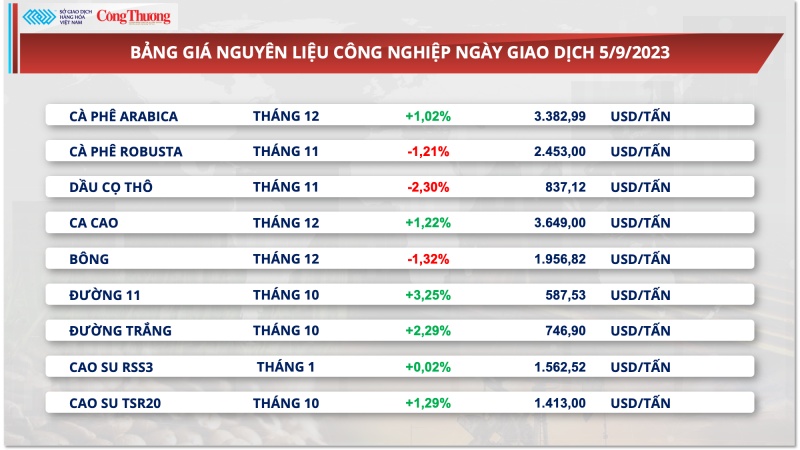 |
Brazil exported more than 197,400 tons of green coffee in August, up 41.2% from nearly 139,888 tons in the same month last year, according to government data. Meanwhile, Honduras shipped 336,500 60-kg bags internationally in August, up 37.2% from over 245,230 in August 2022, according to the National Coffee Institute (IHCAFE).
However, total Arabica coffee stocks on the Intercontinental Commodity Exchange (ICE) fell to 484,383 60kg bags, the lowest level since mid-November 2022.
On the other hand, Robusta prices recorded a 1.21% decrease in yesterday's session when inventories on the ICE suddenly became positive again.
As of September 3, Robusta inventories recorded on the ICE reached 35,010 tons, up from 33,360 tons the previous day. Thus, Robusta inventories have escaped the historical low since 2016, thereby putting strong pressure on prices of this commodity yesterday.
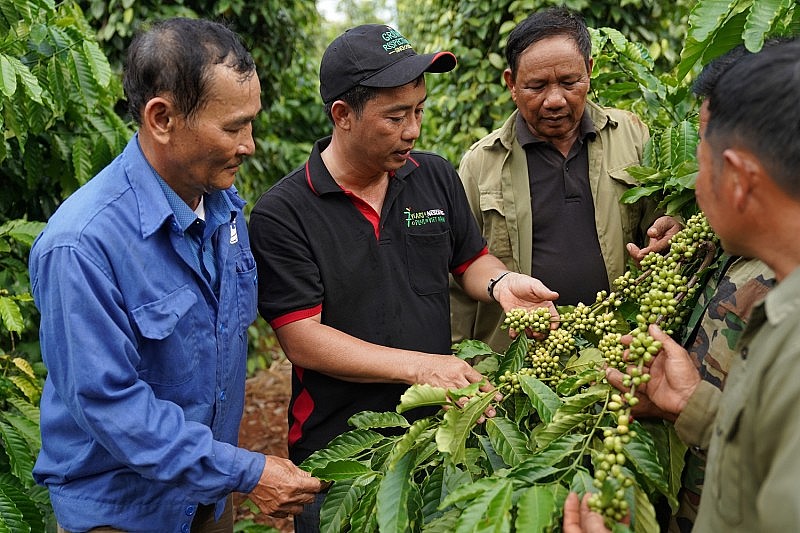 |
| Coffee growing regions in Vietnam are making efforts to change their farming methods towards green, clean, and environmentally friendly methods. |
In line with the world price trend, in the domestic market, this morning, the price of green coffee beans in the Central Highlands and the Southern provinces suddenly reversed and decreased by 500 VND/kg, bringing the domestic coffee purchase price to 65,300 - 66,200 VND/kg. In particular, the highest price was in Dak Nong , while the lowest purchase price was recorded in Lam Dong.
Despite a slight downward trend, overall, coffee prices are maintaining a historical high, reaching 2,459 USD/ton in the first 8 months of the year, up 8.7% over the same period in 2022. This is good news for farmers and coffee exporting businesses.
Coffee prices are expected to continue to increase as in some key coffee growing provinces, the amount of coffee stored by the people and some businesses is very small, mainly the amount of goods stored for export for signed contracts. Looking further, the coffee supply outlook is still not very positive in the 2023/2024 crop year. The US Department of Agriculture (USDA) has forecast that Vietnam's coffee exports in the upcoming crop year will only be 27.5 million 60-kg bags, the lowest level in the last 3 crop years. Combined with the warning from the Climate Prediction Center of the US National Oceanic and Atmospheric Administration (NOAA), El Nino has appeared and will adversely affect the coffee crop in leading Asian producing countries, especially Vietnam, making the recovery of coffee supply here still a big challenge.
Not only in Vietnam, two other major coffee suppliers in the world, Brazil and Indonesia, have shown negative signs regarding coffee supply in the 2023/2024 crop year. USDA even forecasts that coffee output in the 2023/2024 crop year in Indonesia will be only about 9.7 million bags, down to the lowest level in 12 years.
However, the good news in the coffee market is that instead of exporting raw coffee as before, businesses have shifted to producing refined products with high commercial value. This is an opportunity to conquer demanding markets and enhance the Vietnamese coffee brand in the international market.
While many consumers in Vietnam prefer Robusta coffee, the world's tastes mostly favor Arabica coffee. However, because Robusta coffee prices are currently lower than Arabica, while production is low, demand for this type of coffee is still very high and there is room for price increases.
Currently, many areas growing these two types of coffee in Vietnam are changing their farming methods towards green, clean, and environmentally friendly methods... to create high-quality raw material areas for export.
The goal from now until 2025 is to replant 75,000 hectares of coffee and graft and renovate 32,000 hectares of coffee, of which Arabica coffee accounts for about 20% of the total area. In addition, most of the replanted coffee area will be planted with new varieties, with high productivity and superior quality.
Source link




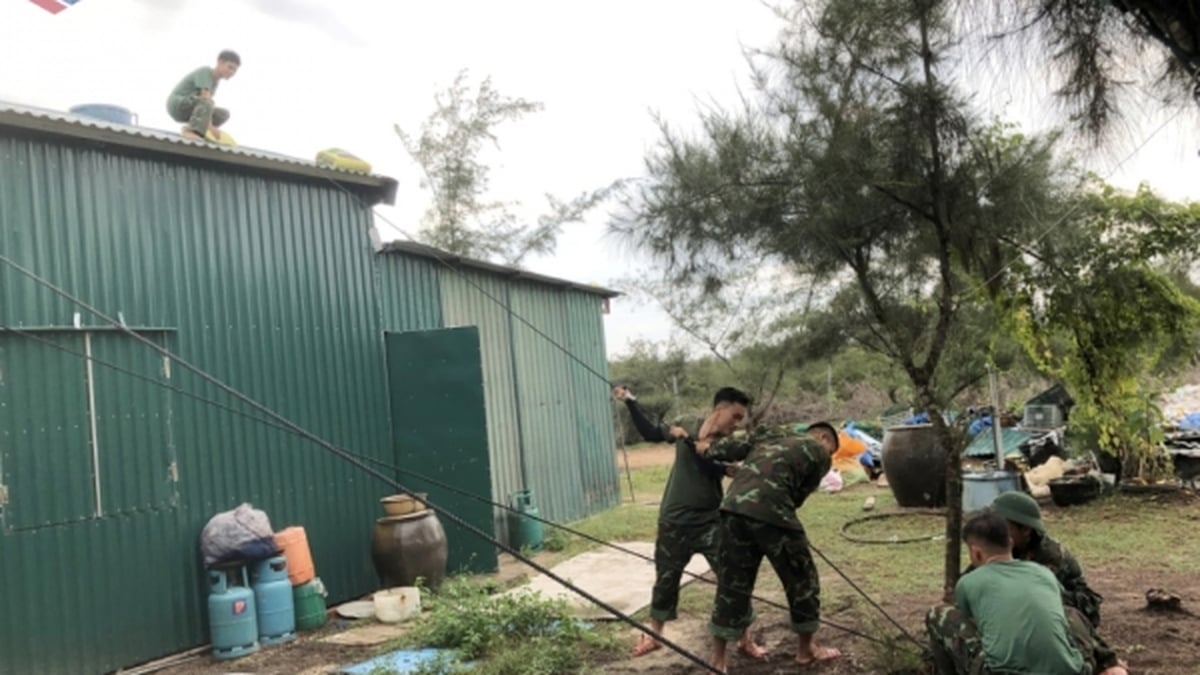

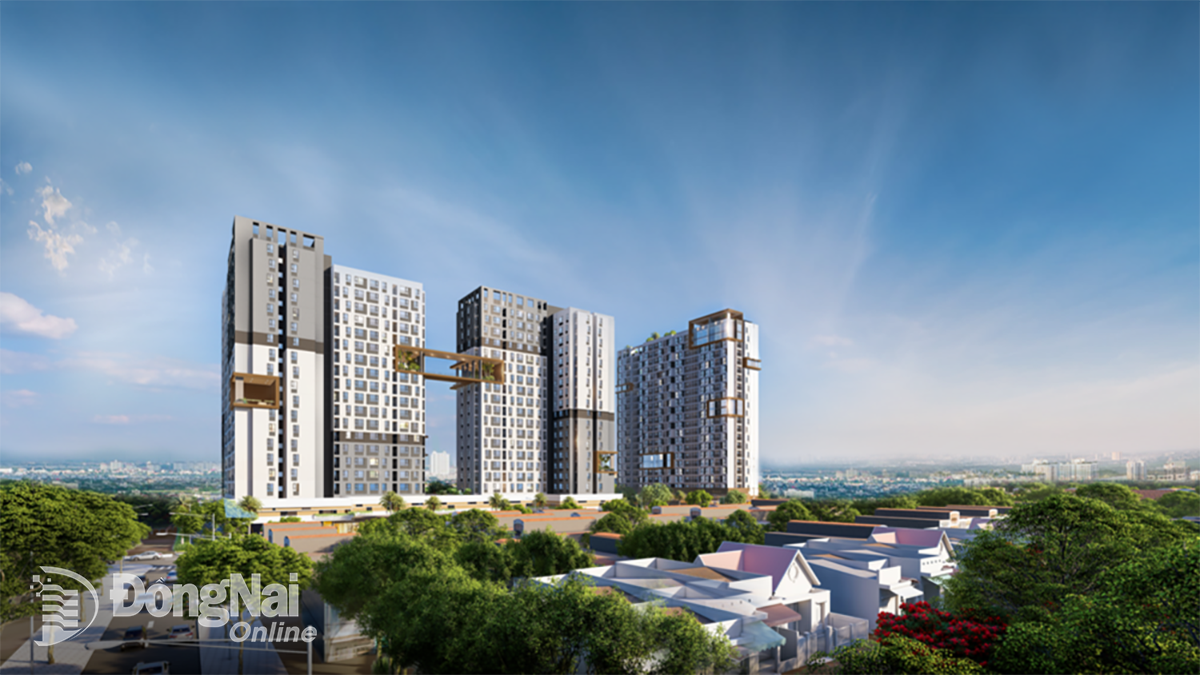

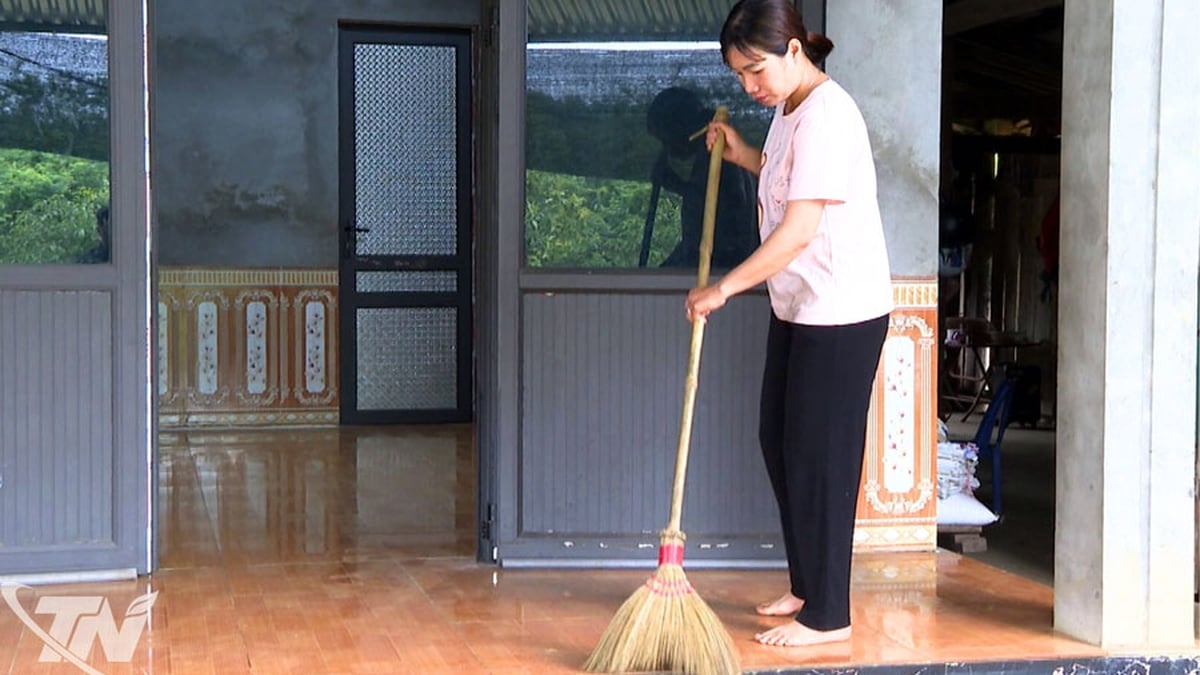
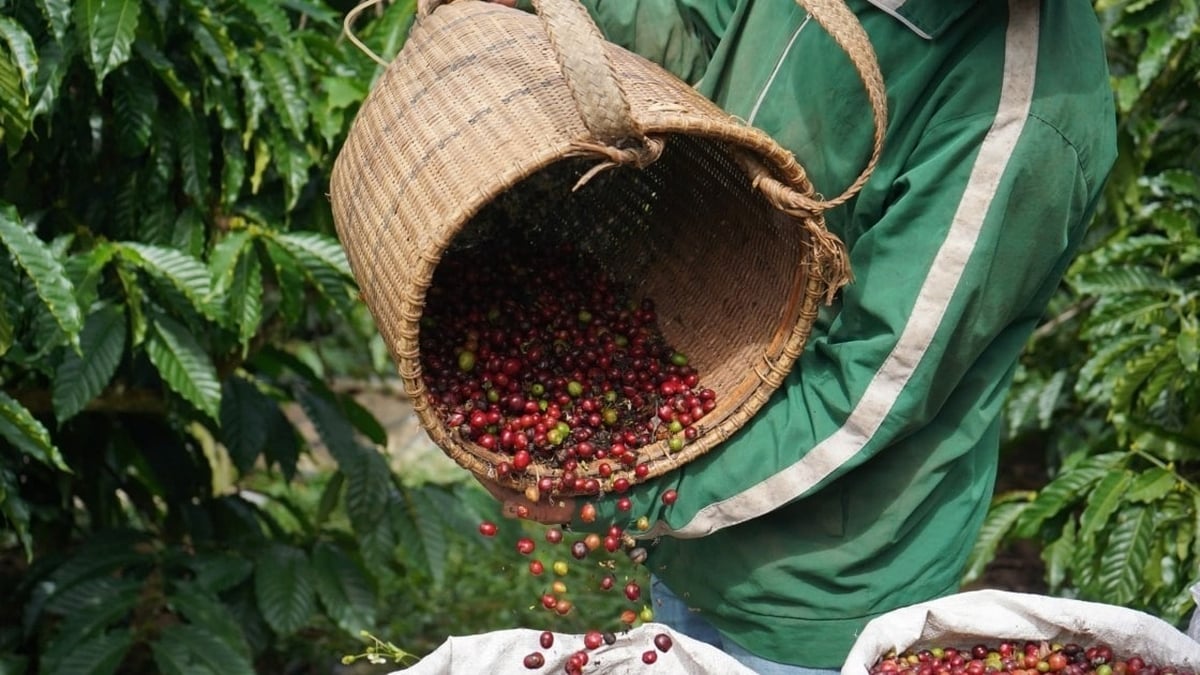

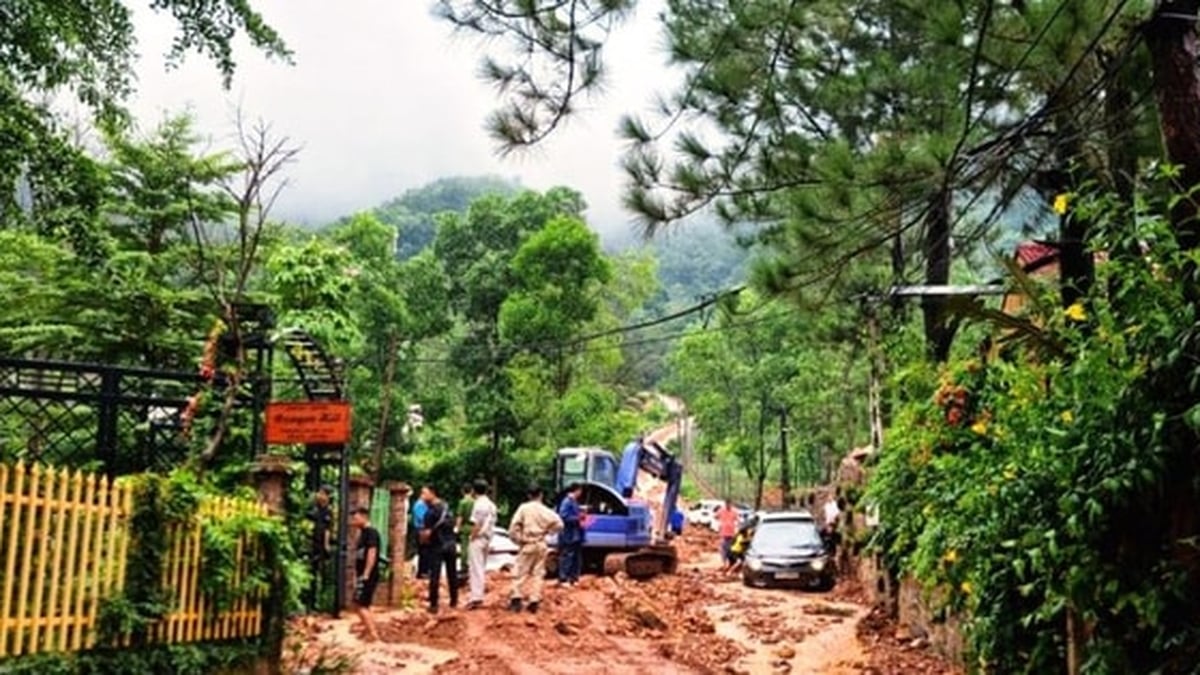















![[Photo] National Assembly Chairman Tran Thanh Man visits Vietnamese Heroic Mother Ta Thi Tran](https://vphoto.vietnam.vn/thumb/1200x675/vietnam/resource/IMAGE/2025/7/20/765c0bd057dd44ad83ab89fe0255b783)











































































Comment (0)